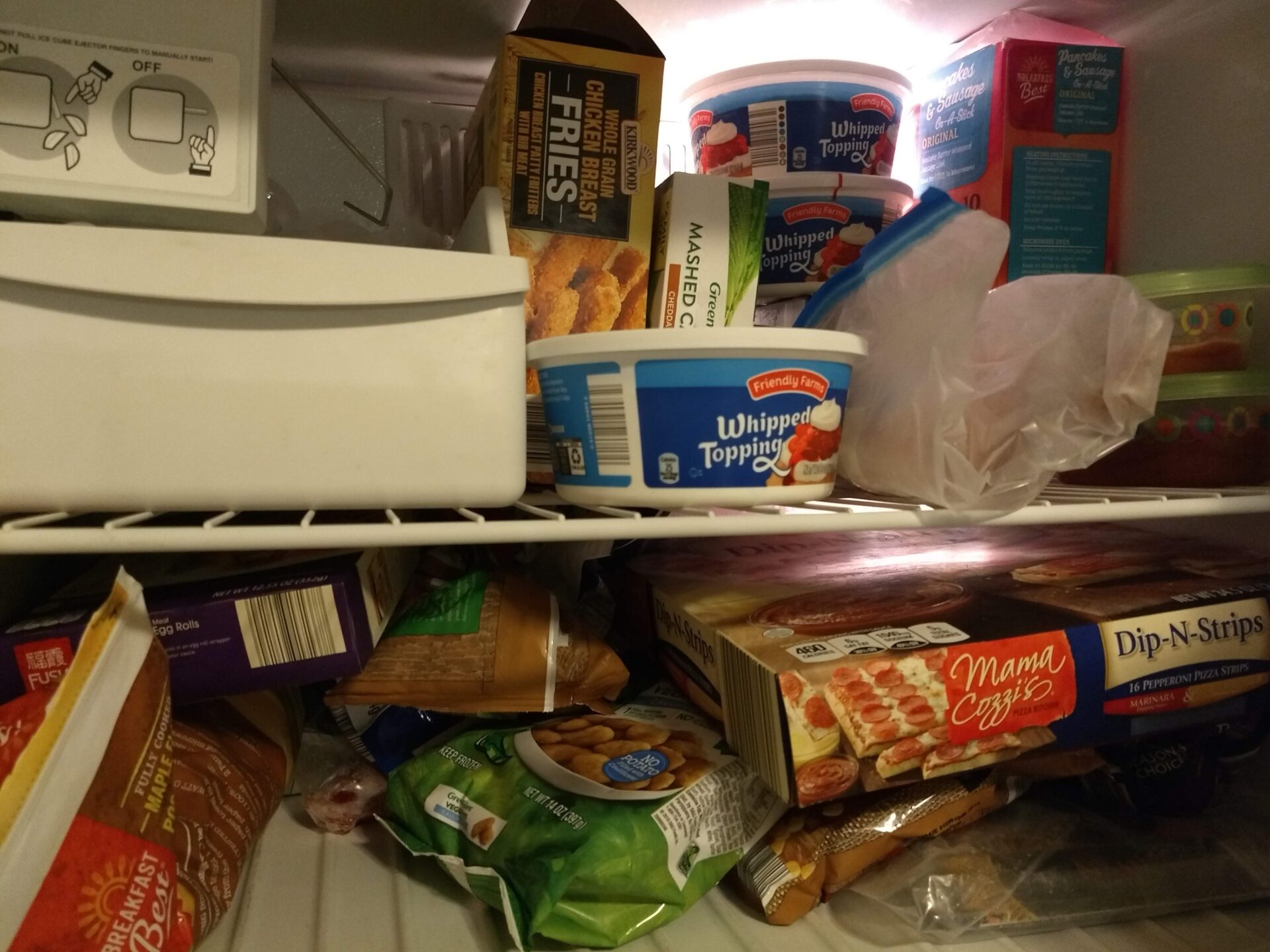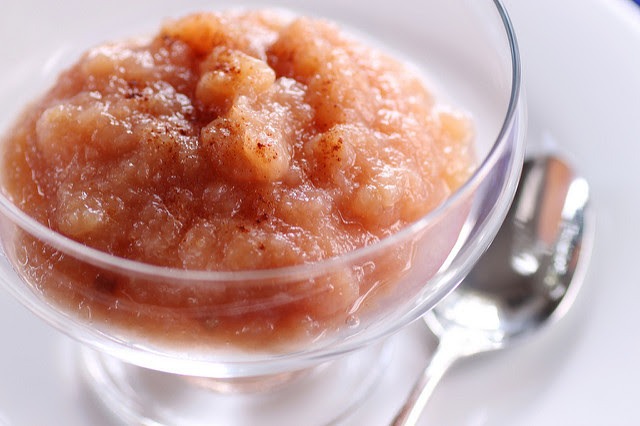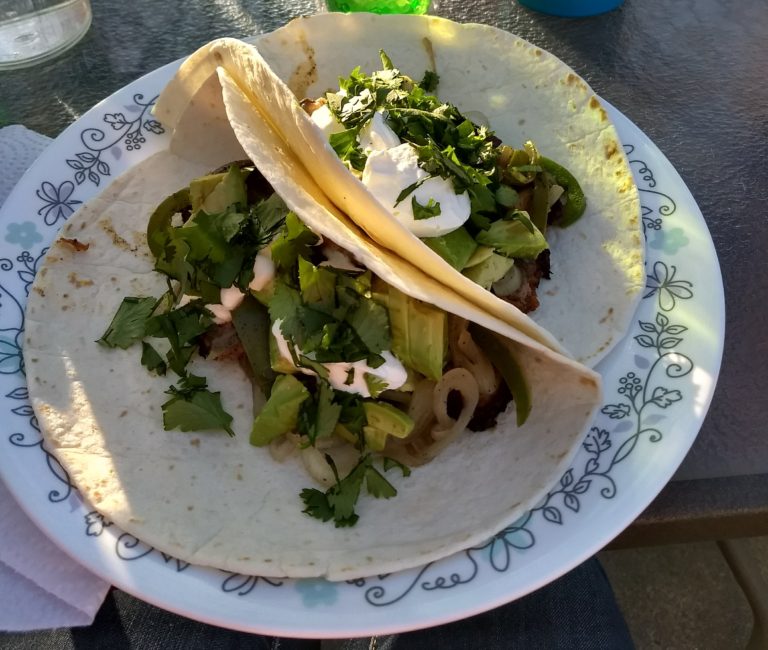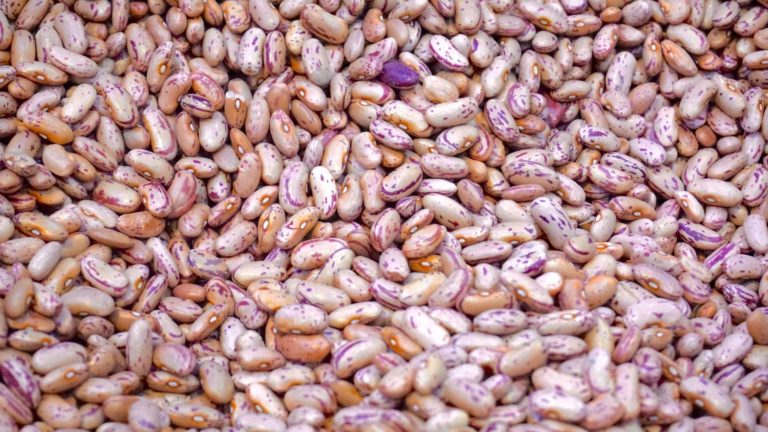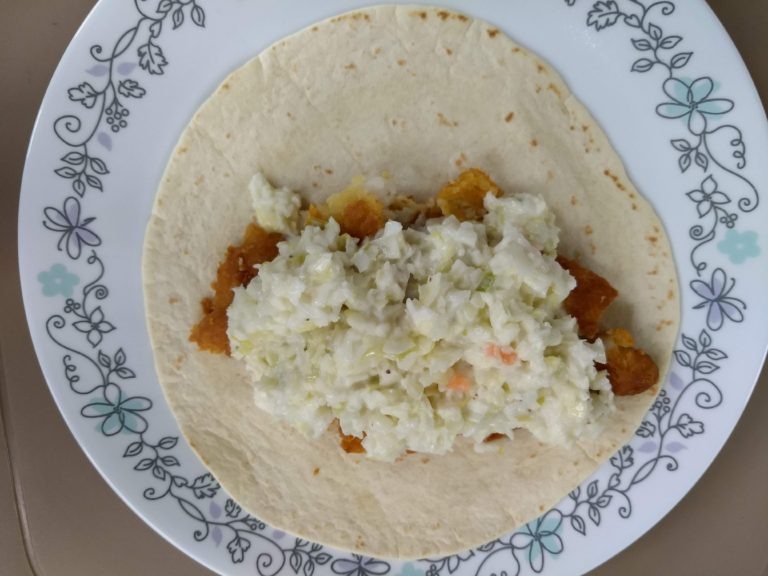What Foods Can You Freeze?
Your freezer is for more than just pizza. It’s a valuable way to preserve food, especially if you don’t know how to can, don’t like to can, don’t have the resources to can, or only have a small amount of food that needs to be preserved. Freezing is also a good idea when you stock up on produce or meat that’s on sale. The great thing about this method is that you can freeze just about anything to keep it from spoiling, going mushy, or molding.
As long as the electricity doesn’t go out for an extended period, your food will be good for about six months. After that, freezer burn can become a potential issue that affects taste and quality. Always label your frozen food with the name of the food and the date. I use masking tape and a pen.
Things you can freeze:
VEGGIES — When you have a fresh head of broccoli or cauliflower that you aren’t going to eat right away, chop it, place it in a freezer-safe Ziploc bag or plastic container, and toss it in your freezer. Later, you can pull out your frozen veggies to steam or use in casseroles or soups. Freezer-friendly veggies include:
- carrots
- peas
- broccoli
- cauliflower
- corn (that’s been cut off the cob)
- spinach (for use in casseroles, lasagna, or quiche)
- tomatoes (blanch them and use in sauces, salsas, and soups)
- kale (freeze in individual portions to use in smoothies, soups, and quiches)
- onions (dice them to use in casseroles, stews, omelets, and soups)
- peppers (dice them and use them in omelets, soups, stews, casseroles, and stir fries)
- asparagus (for use in soups or quiche)
FRUIT — You also can freeze fruit before it spoils. Once I notice the cut strawberries in my fridge are starting to get a little soft, I toss them in a bag or container to freeze. If you don’t want your fruit to clump together once it’s frozen, place it in a single layer on a cookie sheet and stick it in the freezer. If you’re freezing peaches or nectarines, you’ll want to blanch them to remove the skins. Once the fruit is frozen, you can dump it into bags or containers. Just about any fruit is freezer-friendly and good for use in pies, crisps, smoothies, oatmeal, or pancake batter, but here are my favorites:
- strawberries
- raspberries
- blackberries
- blueberries
- nectarines (blanched and sliced)
- peaches (blanched and sliced)
- apples (peeled, cored, and sliced)
- diced mango
- cut pineapple
- peeled bananas (good for smoothies or banana bread)
- grapes (we don’t bake with these; my kids enjoy them as a healthy, low-mess frozen treat)
ENTREES — I frequently freeze whole casseroles (in reusable metal pans or disposable foil pans) to bake and serve for quick and easy meals later on busy nights, or I freeze small portions of leftover casseroles or soups if I know my family won’t be able to finish all of a dish before it spoils. If I only have a small amount of an entree to freeze, it makes for a nice individual meal for someone’s lunch later. I use small Tupperware-type plastic containers and label them with the food name and date using masking tape. Entrees I’ve frozen include:
- chili or just about any soup
- lasagna
- various casseroles
- shepherd’s pie
- quiche
- ham and beans
- spaghetti pie
- chicken legs in sauce
- burritos
- homemade chicken or turkey broth or stock
- homemade pancakes, waffles, and English muffin breakfast sandwiches (make these ahead of time and thaw individual portions as needed for quick, easy breakfasts)
COOKED POULTRY— I like to cook a whole chicken and pull it apart, or I cook chicken breasts and freeze them so I have already-cooked chicken ready to toss into casseroles or to serve with my favorite Indian food, or I can thaw and shred the chicken and put it in sandwiches or make chicken salad. A little work on the front end means less work later.
COOKED GROUND BEEF/GROUND TURKEY — Keeping pre-cooked ground beef or ground turkey in your freezer saves time when you want to make sloppy joes, chili, or tacos. Sometimes I cook some diced onion with the ground meat to add extra flavor. When you’re ready to make your meal, simply thaw the meat in the fridge or defrost it for a few minutes in the microwave. If you’re making a slow cooker meal like chili, just throw the meat in frozen.
LUNCH MEAT — If you don’t eat lunch meat frequently, freeze it in small portions to take out and use when you want it. The credit for this kitchen hack goes to my grandmother, who, as a single woman who doesn’t eat a huge amount of food, has stored lunch meat in her freezer for years.
FRESH GARDEN HERBS — Fresh herbs are easy to save if you chop them finely and place them in an ice cube tray with a little water or olive oil. Once frozen, remove the herb ice cubes from the tray and store them in a freezer-safe bag or plastic container labeled with a description of the contents and the date. When you make soups or sauces, drop an herb ice cube in to add flavor. You can also spread individual leaves on a tray and place in the freezer. Once frozen, place all the leaves in a bag or container and use as desired. These herbs will be limp after thawing, so they work best when mixed into recipes, not as garnishes. Herbs you can freeze include:
- basil
- oregano
- mint
- lemon balm
- tarragon
LOAVES OF BREAD — The quality may not be as good, but in a pinch you can freeze traditional loaves of bread, either homemade or store bought. My family does not notice much of a difference with bread that’s been frozen.
QUICK BREADS/DESSERT BREADS — Any sweet breads such as banana bread, pumpkin bread, or cinnamon bread can be baked and packaged in freezer-safe Ziploc bags or wrapped in foil and frozen for later use.
FRENCH BREAD — French loaves are large, but if you don’t eat a whole loaf in a few days, just freeze it. Once it’s thawed, slice it in half lengthwise, slather it with butter, sprinkle on some garlic powder and shredded mozzarella cheese, and bake it for 5 to 8 minutes at 350 degrees for some delicious homemade garlic bread.
HOT DOG AND HAMBURGER BUNS — Buns aren’t as good for serving with hot dogs and hamburgers after they’ve been frozen and thawed (they get a little dry and crumbly), but they can be opened up and buttered, sprinkled with garlic powder, and lightly toasted for easy “poor man’s” garlic toast. While we’re on the subject, you can also toss packages of hot dogs in your freezer, although hot dogs have enough preservatives that they’re generally good for a while in your fridge.
DOUGH — Lots of unbaked dough can be frozen, ranging from cookie dough (freeze individual balls of dough on a cookie sheet, and then place the frozen balls in a bag or container so you can take out as many cookies as you want to bake) to pizza dough, and even pie dough.
MILK — I don’t do it often, but milk can be frozen and saved for later use. Just pour a little off the top of the jug before freezing it so it has room to expand.
What are your freezer hacks? Share your ideas in the comments.

